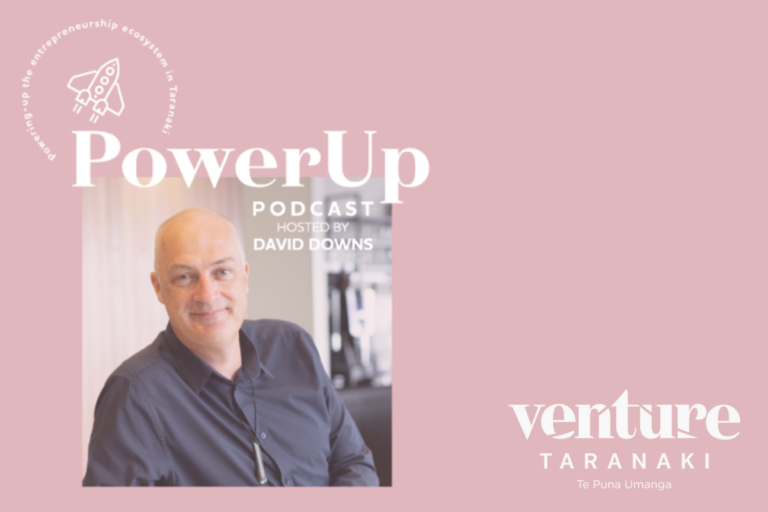
In parts one and two of this series, we’ve delved into the how’s and why’s of identifying your target customers and supporting their online journey to you. Now we’re taking the customer-centred approach to the next level, by exploring ways in which you can get your message in front of those customers that matter, increase traffic to your website, and build your brand awareness.
Newsflash! This isn’t just about throwing money at expensive advertising! This is about building connections through strategic use of social media and effective email campaigns, whilst ensuring you pay attention to Search Engine Optimisation (SEO).
Join the Social Chat
With 3.6 billion active users worldwide, social media presents your business with a tremendous opportunity to engage with potential customers and foster personal connections that build brand awareness and loyalty.
In turn, this can help to boost your bottom line, with studies showing that consumers are 60% more likely to buy from a brand they follow on social media.
Know thy customers
It can be easy to feel overwhelmed by the number of social media platforms available, but rest assured, you don’t have to have dozens of accounts in order to be successful!
Take advantage of the platforms that are popular with your target customers (remember that research you did in blog one?) and aim to create quality, regular content on a few of these.
Think about the types of posts your customers are likely to relate and respond to: Funny? Informative? Behind the scenes gossip?
Make it a two-way conversation
It is not enough to simply churn out posts or go for the hard sell, as this gives people very little incentive to follow you. Remember, it’s all about engagement. Focus on building relationships by replying to comments, sharing other people’s content, and liking your followers’ posts. Interact.
Say it with a picture
Social media platforms can be highly visual—Instagram, Pinterest, and Snapchat in particular. If your content doesn’t look good than people may not stop to read what you have to say. Even Twitter recommends that ‘The single simplest thing you can do to get more attention to your Tweets is to add an image or GIF’.
Include images—and videos where possible—of people interacting with your products or services, showcase your company culture with visuals from inside your office, or build in elements that reinforce your brand ideals.
Paid advertising
Most social media platforms offer highly flexible and customisable advertising options which enable you to place your brand in front of specific audience groups—from existing customers to new—in order to increase the efficiency of your ads.
Facebook, for example, has tools that allow you to target people based on their purchasing history or life events. Imagine you are a furniture removal company with a promotion for senior citizens. Using targeted adds would allow you to get your message in front of people over 60 who had bought or sold a house within the last month—that’s pretty exact!
One of the great things about social media advertising is its ability to scale to your needs—start small, experiment, and see what works best for you.
The power of email
With new technology bursting onto the scene daily, it’s tempting to think of email as old news. But time and again, data shows email to be one of the most effective marketing channels—even beating social media! Yup.
Regular communication through email helps you reinforce relationships with customers that have already shown an interest. It’s a great tool for letting customers know what you’re doing, providing them with tips and advice, and informing them of promotions.
Build a mailing list
Your mailing list needs to be built on trust and permission—sending people something they didn’t ask for is a great way of getting their back up!
When you ask people to provide their email address, make sure you tell them what it will be used for and what they’ll be receiving. Consider tying your request in with a strong call to action or benefit—for example, you could offer a free download, an email series, entry to a competition or exclusive special offers.
Be consistent
There is no magic formula for how often you should send out an email, but if you’re too infrequent or inconsistent, people may forget they even subscribed. Make sure you deliver on your promises—if you said you’re going to send a weekly product update, make sure you do!
Use an Autoresponder
In case you’re wondering where you’ll find the time to send out dozens of emails, software like Boltmail, Mailchimp or Kiwi owned Hail Mail can help to automate your email campaigns. They enable you to plan out your emails in advance and set up automatic responses to new subscribers so you can tailor each customer journey with minimal effort.
Effective SEO
Search Engine Optimisation (SEO), is the process of optimizing your website so that you rank more highly —i.e. appear higher up on the page —in search engine results.
But why does it matter? Well, most customers start their online journey through a search engine and simply put, if they don’t spot you there, they won’t come and visit. In fact, recent data suggests that users are ten times more likely to click on the top search result compared to the tenth!
Furthermore, SEO is free—apart from the time you put into it—and will last long after any paid advertising has expired.
Content is king
With the complex array of algorithms that Google uses to determine your ranking, SEO can seem like a tricky business. Thankfully though, a large part of what’s being measured is tied in with the quality of your content—page views, clicks, time spent on a page etc.—which gives you a relatively straightforward place to start.
Boosting your content always involves keeping the needs and interests of your target customers at the forefront of your mind. Some things to remember:
- Keep it interesting and relevant—check out your competition for inspiration and consider including a regular blog
- Keep it up to date
- Make sure it’s easy to share—include social media share buttons so your customers can post to their pages (promoting links to your content also help to boost your SEO)
- Use quality images—and video if possible—for maximum customer engagement.
- Utilise keywords—these are the words and phrases that people are most likely to use in a search for your content. Using them on your page lets search engines know your content is relevant and makes it more likely to appear in search results.
Conclusion
Building an online experience around your customers’ needs and expectations ensures that your hard work and resources are put to their best use.
But be warned. No amount of advice can ever take the place of hard won personal experience, and no amount of generalised data can ever replace the value of talking to real customers.
Go forth. Experiment, talk to your customers, find out what works for you.








